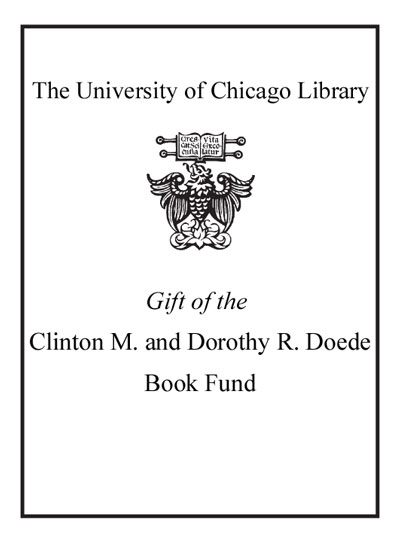The animal in Ottoman Egypt /
Saved in:
| Author / Creator: | Mikhail, Alan, 1979- |
|---|---|
| Imprint: | Oxford ; New York : Oxford University Press, USA, [2014] |
| Description: | xiv, 315 pages : illustrations, maps ; 25 cm |
| Language: | English |
| Subject: | |
| Format: | Print Book |
| URL for this record: | http://pi.lib.uchicago.edu/1001/cat/bib/9899991 |
| Summary: | Animals in Ottoman Egypt examines the multiple changing relationships between humans and animals in a place that affords perhaps the longest documentary record of the human-animal relationship. Egypt was home to the world's first zoo (circa 2500 BCE), one of the oldest religions to incorporate animal forms, and perhaps the first domesticated dogs. During the crucial centuries of Ottoman rule in Egypt between 1517 and 1882, the changing relationships between humans and animals were central to the transformation of Egypt from an early modern society fully ensconced in an Ottoman imperial system of rule to a nineteenth-century centralizing state. Egypt in this period transitioned from being an early modern world characterized primarily by intense human-animal interactions to being one in which this relationship was no longer the basis of commercial and social life. The results of this transition were a fundamental reordering of political, economic, social, and ecological power. This book thus seeks to explain one of the most important historical transitions of the last 500 years through the story of changes to one of the most historically significant of human relationships - those with other animals.This history also makes evident how what happened to animals in Ottoman Egypt would eventually happen to certain kinds of humans. Just as livestock, dogs, and elephants were stripped of their constructive social and economic functions in the early nineteenth century, so too were Egyptian peasants, the uneducated, the disabled, the poor, the sick, the criminal, and the itinerant cut out of the productive social and economic realms of Egypt later in the century. As their animal counterparts were confined in veterinary holding pens and the zoo, these humans would be subjected to similar nineteenth-century projects of enclosure - the prison, asylum, conscription camp, hospital, and school. As the social became more strictly, vigorously, and narrowly defined, fewer living human and nonhuman beings were given access to it and its borders came to be more intensely defended through violence, coercion, and discipline. Thus, Ottoman Egypt's transition to modernity was a wrenching and painful experience for most animals and humans alike. The story of what happened to the animal in Ottoman Egypt is also the story of what happened to the human - a story of the animal in all of us. |
|---|---|
| Physical Description: | xiv, 315 pages : illustrations, maps ; 25 cm |
| Bibliography: | Includes bibliographical references (pages 267-305) and index. |
| ISBN: | 9780199315277 0199315272 |


